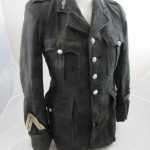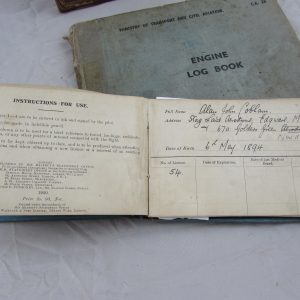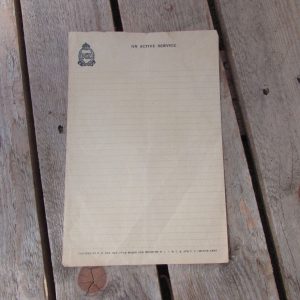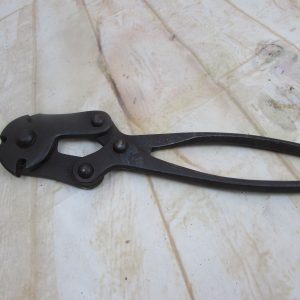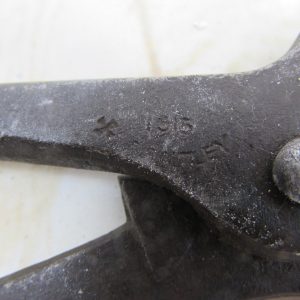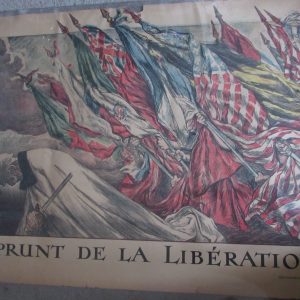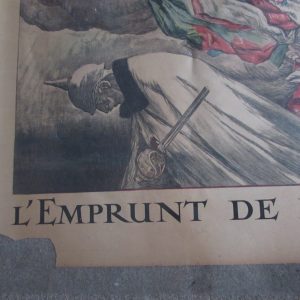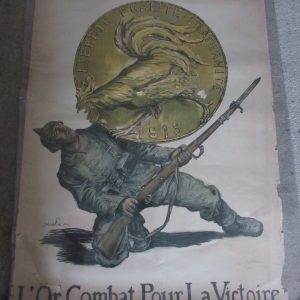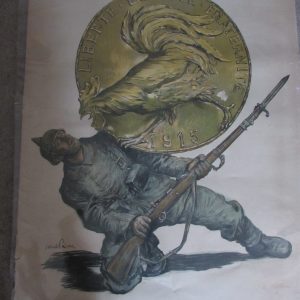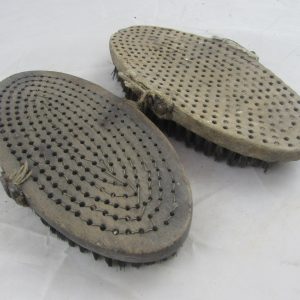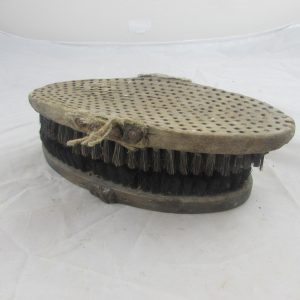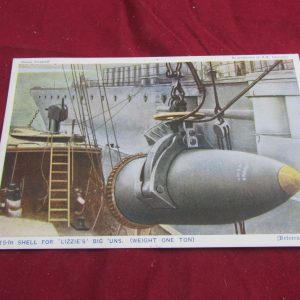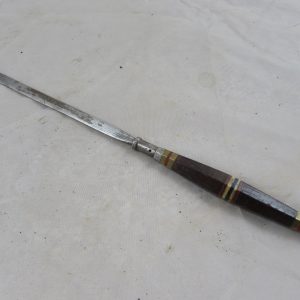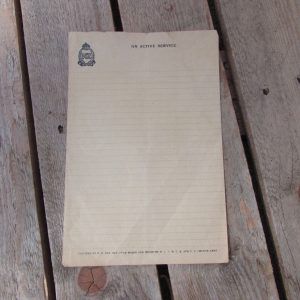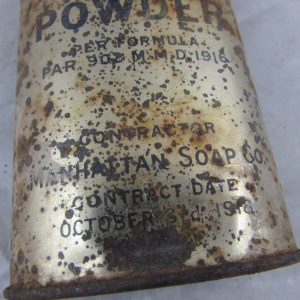WW1 Officers Tunic & WW2 Officers Uniform
£940.00
WW1 Officers Tunic , WW2 Officers Uniform, Named to a Colonel.
- Description
- Shipping and Delivery
Description
WW1 Officers Tunic , WW2 Officers Uniform, Named to a Colonel.
Nice set all named to a Colonel H.Comyn.
His original Ww1 Tunic and his Ww2 Uniform ,Jacket & trousers.
Born 21-8-1885 Richmond
M.R.C.S. L.R.C.P. 1909 Bath Surg
M.B.1910 M.D. 1913 D.B.H. 1921
D.T.N. England 1921 Kings College.
Wartime service.——
2nd Lt 31-7-09
Cpt 31-1-13
BEF Belgium October 1914 , in India 1916, East Africa Aug- Sept 1917, Jan – Feb 1918 back to India 1920
Wounded and invalided during WW1. , Acting Lt Colonel 1919, full Colonel 1937.
BEF France 1939-40, Retired 17-12-43 due to ill health.
WW1 jacket has its makers name inside ,Cambridge company., named to him. The top right hand breast pocket has the double liner , for the pocket watch. Buttons have been changed from this older jacket to the new one , so just flat brass ones replaced. The two holes on the left sleeve are where the wound strip was fitted. Some moth ,I’ve tried to photograph it , but these don’t turn up very often .
Also is his WW2 Uniform ,tunic & trousers, good condition and size only some small marks, full insignia throughout. Colonel tabs, wound strip again. Jacket is dated 1939, full medal ribbon set WW1 & 2. Label to 1939 set is Portsmouth. Trousers are 34 waist
The info I’ve supplied , was given to me with the set.
WW1 Officers Tunic , WW2 Officers Uniform, Named to a Colonel.
The British Army used a variety of standardized battle uniforms and weapons during World War I. According to the British official historian Brigadier James E. Edmonds recorded in 1925, “The British Army of 1914 was the best trained best equipped and best organized British Army ever sent to war”.[1] They were the only army to wear any form of a camouflage uniform; the value of drab clothing was quickly recognised by the British Army, who introduced Khaki drill for Indian and colonial warfare from the mid-19th century on. As part of a series of reforms following the Second Boer War, a darker khaki serge was adopted in 1902, for service dress in Britain itself. The British military authorities showed more foresight than their French counterparts, who retained highly visible blue coats and red trousers for active service until the final units received a new uniform over a year into World War I. The soldier was issued with the 1908 Pattern Webbing for carrying personal equipment, and he was armed with the Short Magazine Lee–Enfield rifle.



